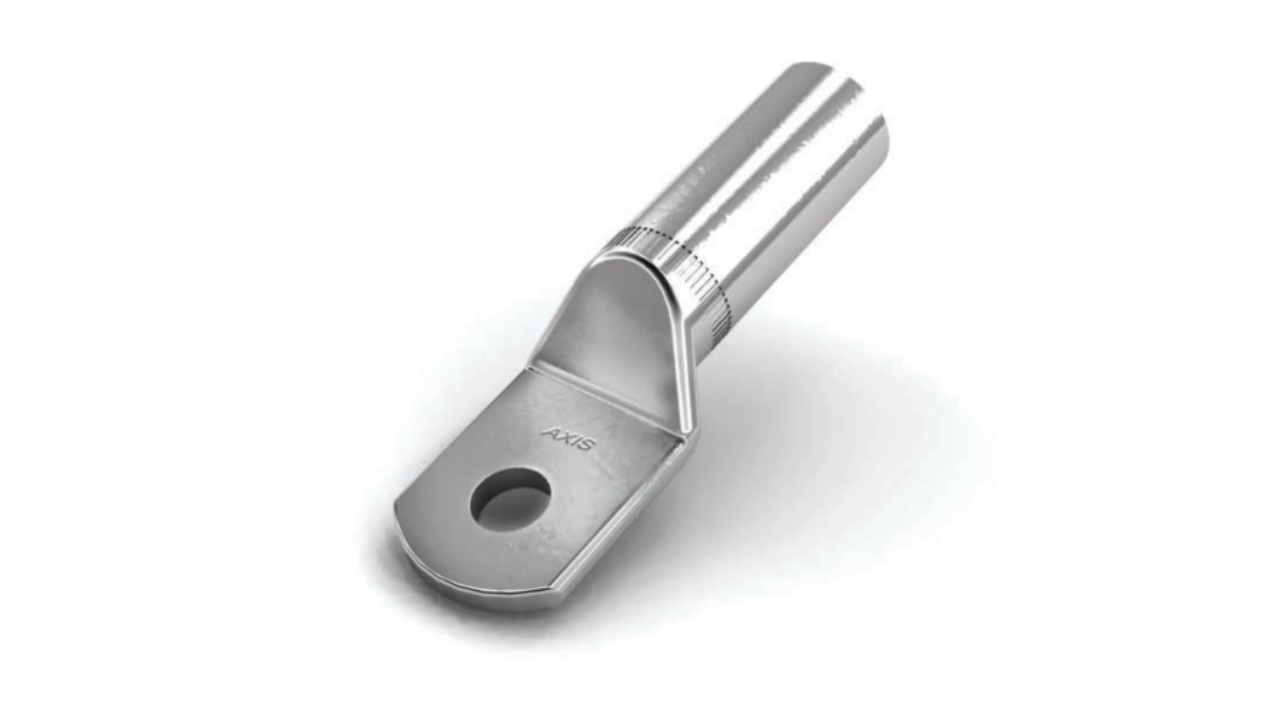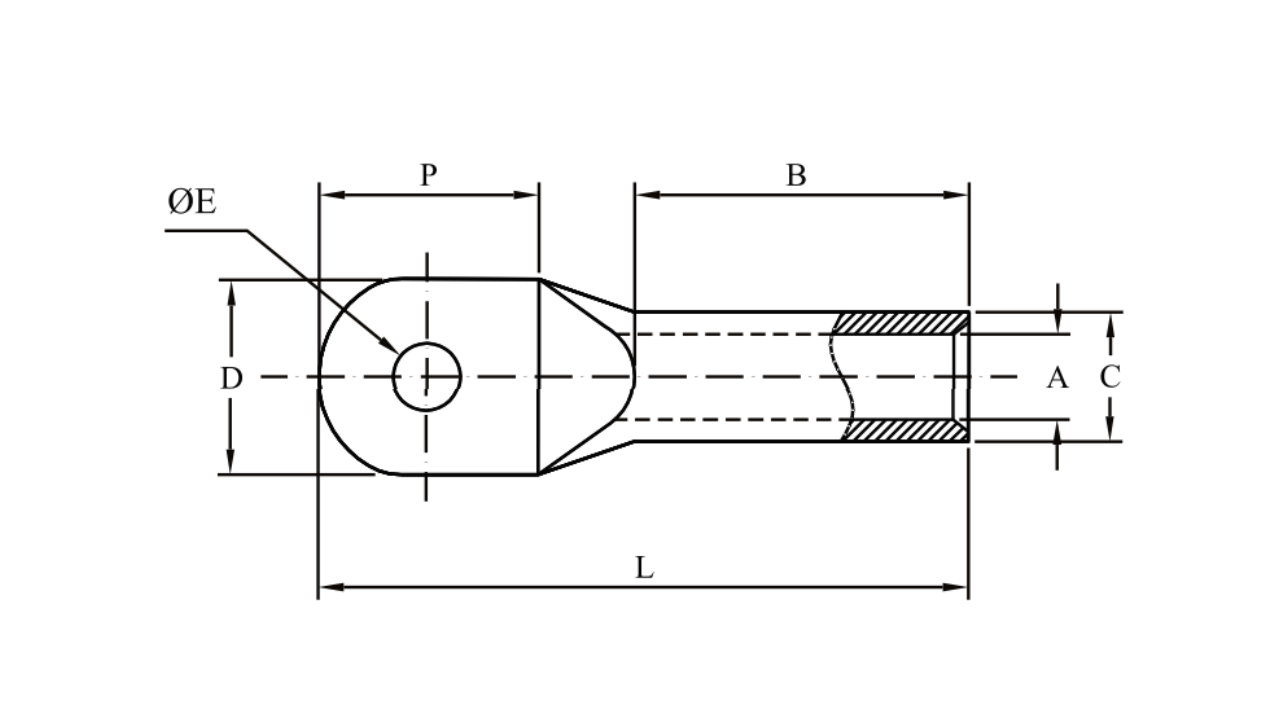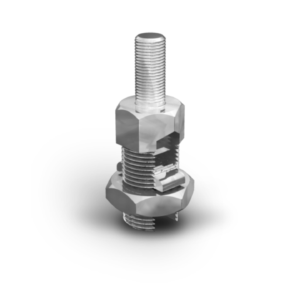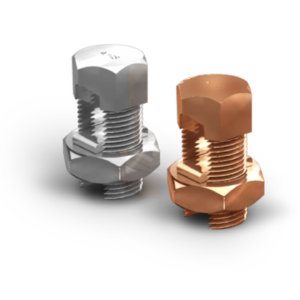Description
- Material: Electrolytic Grade AL 99.5
- Finish: Bright or Electro-tinned
- Features: Barrel pre-filled with Oxide Inhibiting Compound & Capped at the end
Testing Requirements for Aluminium Lugs
The testing requirements for aluminium lugs will depend on the specific requirements of the electrical installation and the local regulations. Some of the common tests that are performed on Axis aluminium lugs include:
Tensile test: A tensile test is used to measure the strength and ductility of the aluminium lug, and to verify that it can withstand the forces applied to it during installation and use. The tensile test is typically performed using a tensile testing machine, and the results are compared to the minimum requirements specified by the local regulations or standards.
Torque Test: A torque test is used to measure the torque required to install the aluminium lug, and to verify that it can be attached to the conductor using the appropriate tools and techniques. The torque test is typically performed using a torque wrench, and the results are compared to the minimum requirements specified by the local regulations or standards.
Resistance Test: A resistance test is used to measure the electrical resistance of the aluminium lug, and to verify that it provides a low-resistance connection between the conductor and the electrical component. The resistance test is typically performed using a megger or other test instrument, and the results are compared to the minimum requirements specified by the local regulations or standards.













